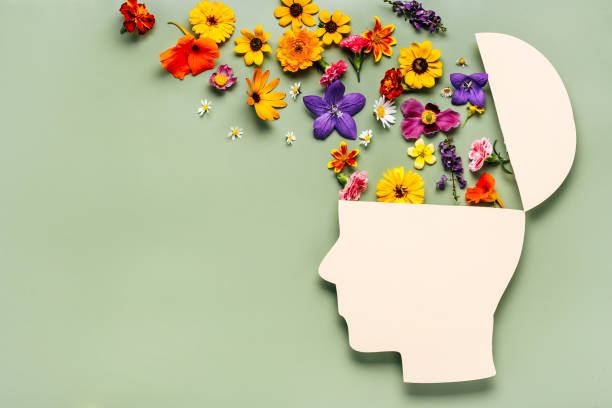The Interplay of Mental Health and Wellbeing: Understanding Anxiety
Mental health is an integral part of our overall wellbeing. It impacts our thoughts, emotions, and behaviors, influencing how we perceive ourselves, manage stress, and interact with others. One of the prevalent mental health conditions that many people grapple with is anxiety. Anxiety disorders go beyond temporary fear or worry. For individuals dealing with this condition, the anxiety does not fade away and can worsen over time, affecting daily activities such as job performance, school work, and relationships. This article explores the historical context, current relevance, trends, impact, and reception of anxiety disorders, offering unique insights not widely covered elsewhere.

The Historical Context of Anxiety
Throughout history, anxiety has been a part of human life. Early civilizations viewed anxiety as a response to external threats, like wild animals or hostile tribes. The ‘fight or flight’ response was crucial for survival. As societies evolved, so did the understanding of anxiety. Ancient Greek philosophers such as Hippocrates and Plato were among the first to recognize anxiety as an internal, mental phenomenon.
By the 19th century, medical practitioners began to classify anxiety as a specific disorder. Sigmund Freud, the father of psychoanalysis, considered anxiety to be a “signal of danger” and a cause for “defensive measures”. In the 20th century, the understanding of anxiety disorders continued to evolve with advancements in psychology and neuroscience, leading to the development of various therapeutic approaches.
The Current Relevance of Anxiety Disorders
In today’s fast-paced, high-pressure society, anxiety disorders are more prevalent than ever. According to the World Health Organization, approximately 264 million people worldwide suffer from an anxiety disorder. This makes it one of the most common mental health disorders globally.
Anxiety disorders can develop from a complex set of risk factors, including genetics, brain chemistry, personality, and life events. They are not a sign of personal weakness or a character flaw. Like physical health conditions, they require appropriate treatment and management.
Trends and Impact of Anxiety Disorders
In recent years, there has been a rising trend in the prevalence of anxiety disorders, particularly among young people. The current generation of children and young adults, often referred to as ‘Generation Anxiety’, are experiencing anxiety at higher rates than any previous generation. This trend is partly attributed to the proliferation of social media, academic pressures, and an increasingly uncertain world.
The impact of anxiety disorders is far-reaching, affecting individuals, families, and societies. For individuals, severe anxiety can be debilitating, hampering their ability to function in daily life. For families, it can create stress and tension. On a societal level, anxiety disorders contribute to healthcare costs and lost productivity.
Reception and Treatment of Anxiety Disorders
Fortunately, the stigma surrounding mental health, including anxiety disorders, has been gradually decreasing over the past few decades. More people are now recognizing the importance of mental health and seeking help when needed.
There are various effective treatments for anxiety disorders, including psychotherapy (such as cognitive-behavioral therapy), medication, and complementary health approaches (like mindfulness and relaxation techniques). The choice of treatment depends on the type and severity of the anxiety disorder, and the individual’s personal preferences and circumstances.
Unique Insights into Anxiety Disorders
While anxiety disorders can be challenging, they also have a silver lining that is not often discussed. Some researchers argue that anxiety can act as a catalyst for personal growth. The process of managing and overcoming anxiety can lead to increased resilience, self-understanding, and emotional intelligence.
It’s also worth noting that anxiety has a creative aspect. Many successful artists, writers, and musicians have struggled with anxiety and used it as a source of creative inspiration. This perspective offers a nuanced understanding of anxiety disorders, emphasizing that they can be not just debilitating conditions, but also a source of strength and creativity.
In conclusion, understanding anxiety disorders and their impact on overall wellbeing is critical in today’s world. By acknowledging their historical context and current relevance, recognizing their increasing prevalence, and appreciating the various treatment options, we can foster a more compassionate and informed society. Moreover, by exploring the less-discussed aspects of anxiety, we can challenge traditional perceptions and encourage a more balanced and nuanced view of this complex condition.




